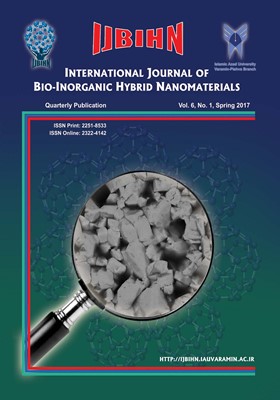-
-
List of Articles
-
Open Access Article
1 - Optimization of photo-degradation of direct blue 258 using nano Titanium Oxide with response surface method
-
Open Access Article
2 - Preparation of nano bioactive glass and investigation of its properties in different volume of solution
-
Open Access Article
3 - Study of milling effect on particle size and mechanical properties of WC-Co composite
-
Open Access Article
4 - Designing voltage tunable single and multi-channel optical filter with 1DDPC nano-structure
-
Open Access Article
5 - Synthesis and morphology characterization of SnO2 nanoparticles by hydrothermal method
-
Open Access Article
6 - Degradation and removal of organic pollutants by BaFe2O4 nanostructures, synthesis and characterization
-
Open Access Article
7 - Investigation of phosphor percent and distribution on surface properties in alumina nanotube substrate
-
Open Access Article
8 - Study about heat transfer coefficient of water-nanofluid in pulsating heat pipes
-
The rights to this website are owned by the Raimag Press Management System.
Copyright © 2021-2025







